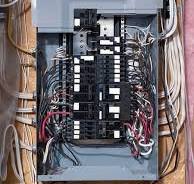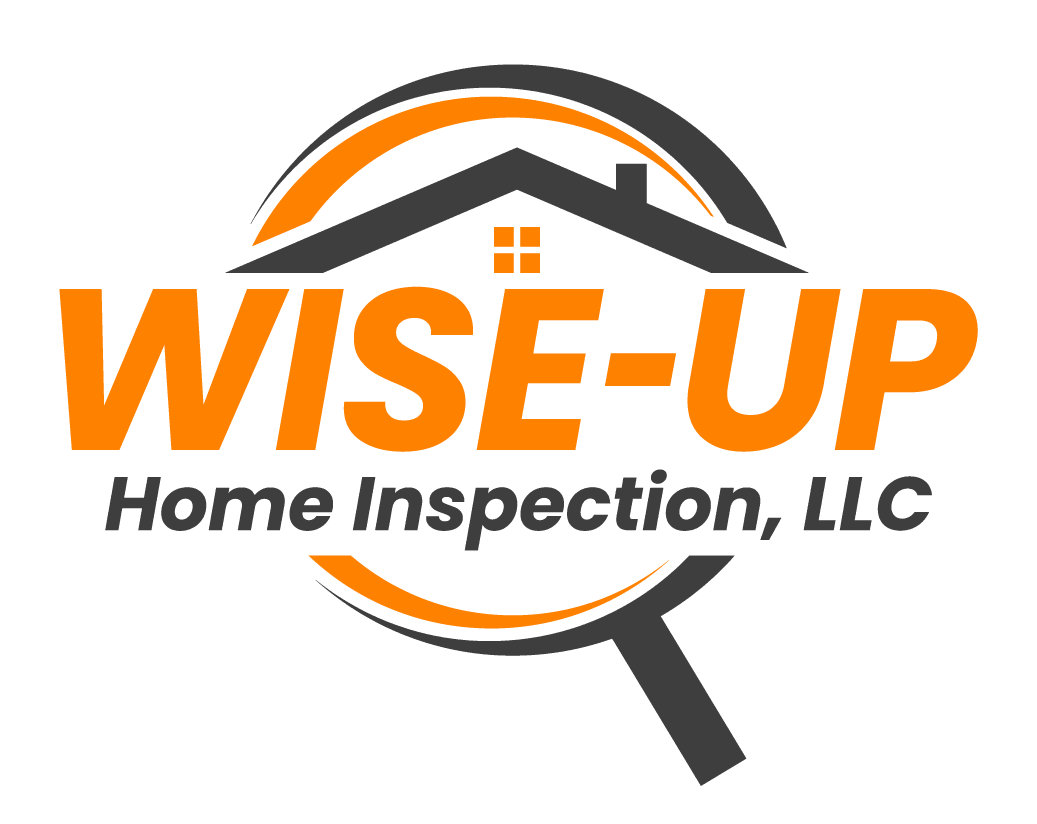
Jeff Wise
July 11, 2025
When you’re buying a home, scheduling a professional home inspection is a no-brainer. One of the most crucial — and potentially dangerous — parts of this process is the electrical system inspection. While often overlooked by the untrained eye, the electrical system can hide major safety hazards and expensive repair issues. In this blog, we’ll break down what inspectors look for, common red flags, and why this part of the inspection matters so much.
Why Inspect the Electrical System?
Electricity powers nearly every aspect of modern life — lighting, appliances, HVAC, entertainment systems, and more. But faulty wiring or outdated components can lead to:
-
Fire hazards
-
Electrocution risks
-
Power failures
-
Code violations
-
Higher insurance premiums or denials
A thorough inspection ensures that the electrical system is safe, up to code, and capable of handling a modern household’s needs.
What Does the Electrical Inspection Cover?
During a standard home inspection, the inspector performs a visual assessment of the electrical system. While they don’t open walls or rewire anything, they’re trained to identify signs of trouble. Here are the key areas they focus on:
1. Electrical Panel (Service Panel or Breaker Box)
-
Amperage rating (usually 100 to 200 amps in most homes)
-
Proper labeling of circuits
-
Presence of double-tapped breakers (a common issue)
-
Signs of corrosion, overheating, or improper grounding
-
Whether it’s an outdated or recalled panel (e.g., Federal Pacific or Zinsco)
2. Wiring
-
Visible wiring in attics, basements, and crawl spaces
-
Check for outdated wiring types (like knob-and-tube or aluminum)
-
Proper connections and secure mounting
-
Signs of fraying, exposure, or amateur DIY work
3. Outlets and Switches
-
Ensure all outlets and switches function
-
Test for proper grounding and polarity
-
Check for GFCI protection in kitchens, bathrooms, garages, and outdoor areas
-
Look for signs of discoloration, cracking, or buzzing sounds
4. Grounding and Bonding
-
Verify the home is properly grounded
-
Check for ground wires in the panel and to key systems like water pipes and metal ducts
5. Lighting Fixtures
-
Ensure all light fixtures work
-
Inspect ceiling fans and fixtures for secure installation
-
Identify signs of over-lamping (bulbs that exceed the fixture’s rated wattage)
Common Electrical Red Flags
Some of the most frequent electrical issues inspectors encounter include:
-
Missing or faulty GFCIs
-
Overloaded circuits
-
Extension cords used as permanent wiring
-
Open junction boxes
-
DIY electrical work
-
Ungrounded outlets
These issues don’t always mean you should walk away from a home, but they do often require further evaluation by a licensed electrician — and can be used in negotiations.
What Happens After the Inspection?
If the inspector flags electrical concerns, they may recommend a specialist follow-up. An electrician can then provide a detailed diagnosis and estimate for repairs. Depending on the severity, the buyer can:
-
Request repairs before closing
-
Ask for a price reduction
-
Walk away (especially if the issues are severe)
Final Thoughts
The electrical portion of a home inspection is more than just flipping switches — it’s a vital check on the safety, compliance, and functionality of one of your home’s core systems. Whether you’re a first-time buyer or a seasoned investor, don’t underestimate the power (literally) of a solid electrical inspection.
Pro Tip: Always work with a certified home inspector who understands local electrical codes and has a track record of thorough, unbiased reports.
Want to learn more about home inspections or get help finding a qualified inspector in your area? Drop us a message or check out our guide to choosing the right home inspector.

